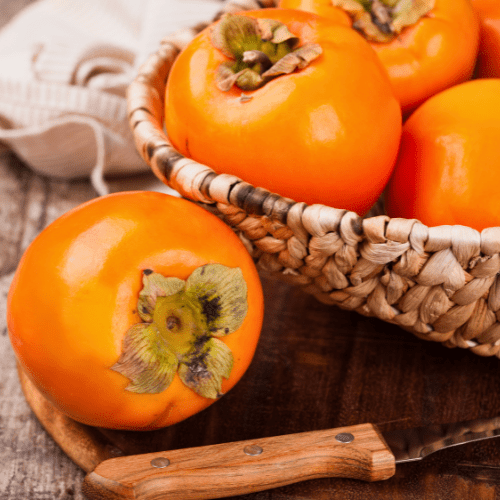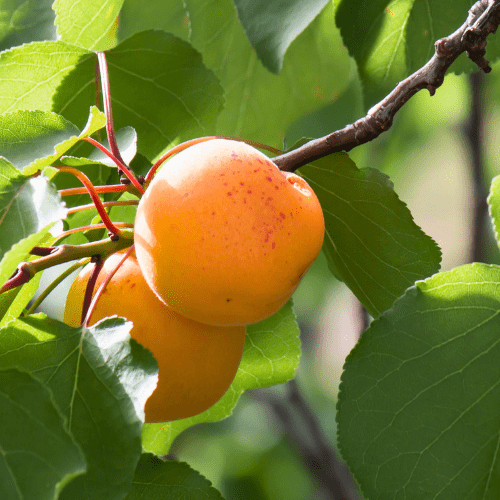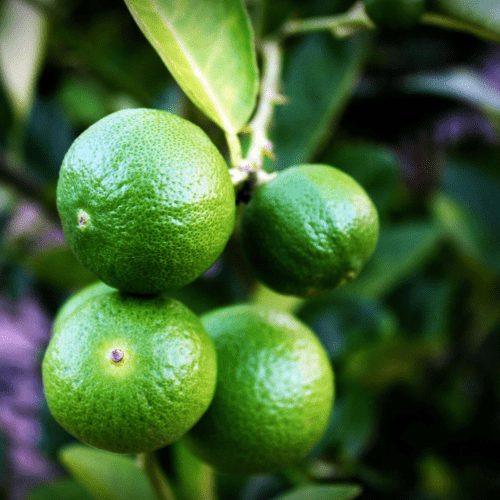Position – Ideally, plant your persimmon tree in full sun in the garden. If necessary, a tree can be planted in partial shade. They should have about 4.5 metres around them to allow them to spread as they mature.
Size – Persimmon trees of the Izu variety grow to be about 3.5 metres high and 3.5 to 4.5 metres wide. They tend to be smaller than other persimmons and are known as the dwarf trees of this family.
Soil Type – The Izu persimmon tree thrives in well-drained, loamy or sandy clay soil that is slightly acidic (with a pH of between 6.0 and 7.0). Because the tree’s roots extend deep down into the ground, it’s important to ensure your soil is deep.
Mulch – Give your persimmon tree the best conditions by mulching generously around the entire planting area. Use organic mulch like grass cuttings, straw, wood chips or old leaves, and pull it away from the tree trunk so that water doesn’t accumulate there and cause your plant to rot.
Watering – Water your tree often when you have planted it to establish it well. Once it has matured, you should water it for about 10 minutes once or twice a week during the warmer spring and summer months. These trees can survive short droughts but thrive with regular watering.
Fertilising – Young and newly-planted trees should not be fertilised. A mature Izu persimmon tree beginning to break dormancy in spring will benefit from a slow-release, balanced fertiliser.
Pruning – This tree doesn’t require much pruning unless it is required to remove dead or diseased limbs. Suckers should also be removed.
Harvesting – The persimmons can be plucked when they are a beautiful deep-orange or apricot colour, but still firm to the touch. You can enjoy them immediately, as they do not change in flavour with further ripening.






